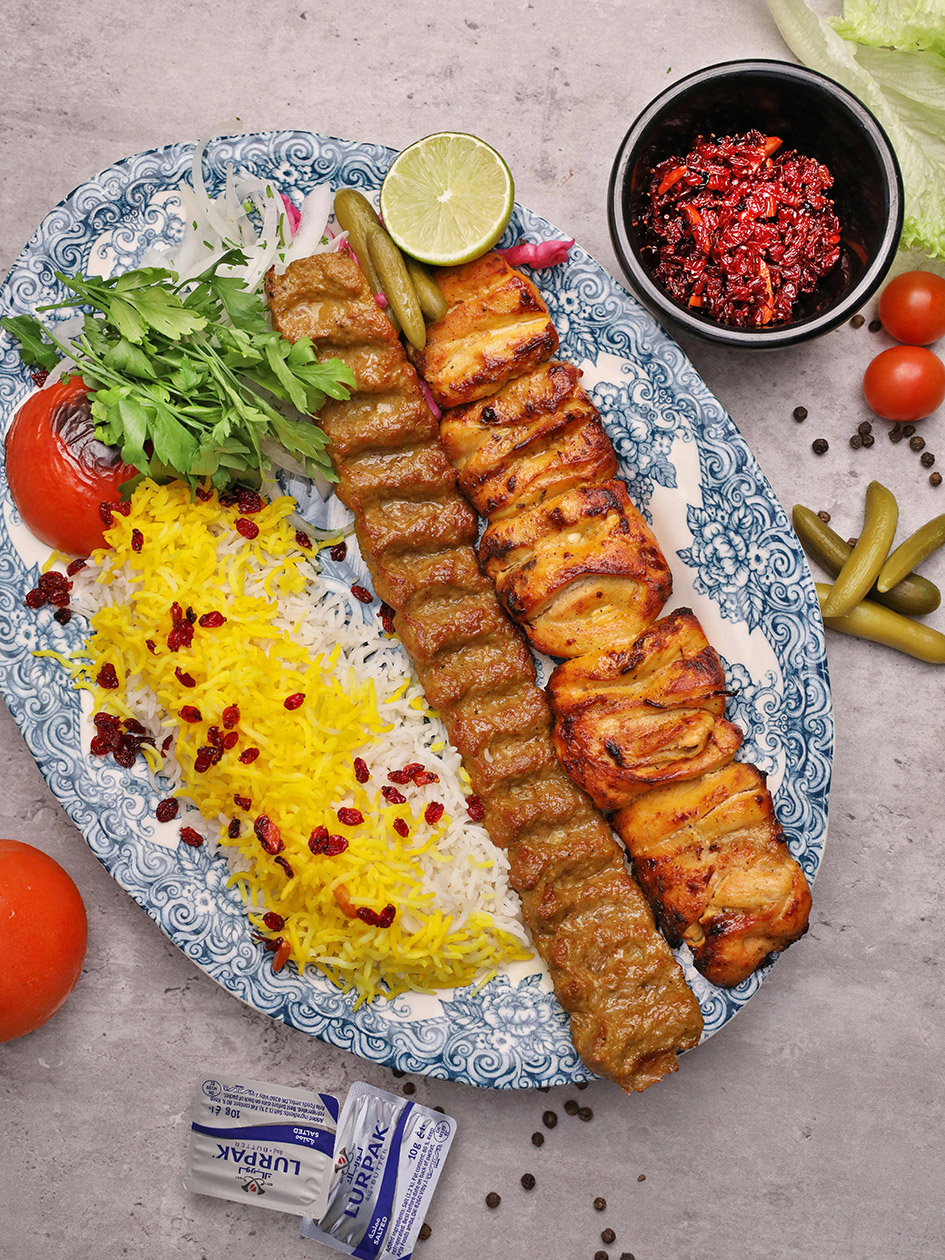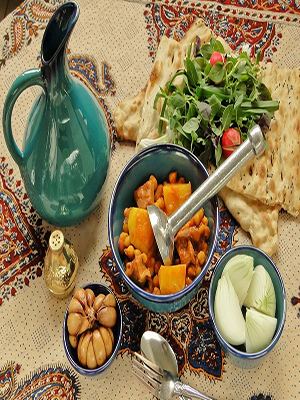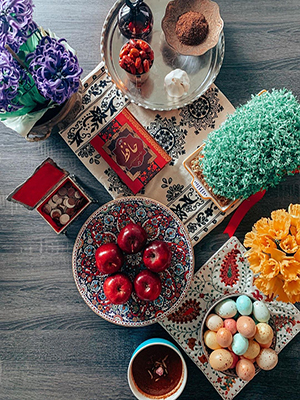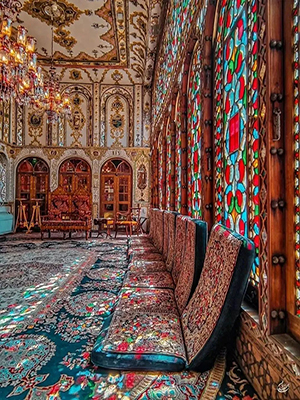
Kabab
Kabab Kobideh (Kabab) was invented in Iran during the reign of Nasser Al-Din Shah Qajar(1848-1896), where they were originally made with lamb meat. The dish quickly spread throughout the Middle East and Central Asia, becoming a staple of Ottoman cuisine
Tehran
Tehran is the capital and largest city of Iran. In addition to serving as the capital of Tehran province, the city is the administrative center for Tehran County and its Central District.With a population of around 9.4 million in the city as of 2018, and 16.8 million in the metropolitan area, Tehran is the most populous city in Iran and Western Asia,the second-largest metropolitan area in the Middle East after Cairo, and the 24th most populous metropolitan area in the world.

Dizi
Abgoosht, also known as Dizi, is a traditional Persian dish that traces its origins back to the Safavid era. It was initially known as Dizi, named after the small stone dishes in which it was cooked and served. These stone dishes, called Dizi, were an integral part of the culinary culture in Iran.

Haft-Sin
Haft-sin is an arrangement of seven symbolic items which names start with the letter "س" (pronounced as "seen"), the 15th letter in the Persian alphabet; "haft" is Persian for "seven".It is traditionally displayed at Nowruz, the Iranian New Year, which is celebrated on the day of the vernal equinox, marking the beginning of spring in the Northern Hemisphere.
“When all your desires are distilled You will cast just two votes: To love more, And be happy.”

Molla-Bashi
Dating back to Zandieh and Qajar dynasty, Mollabashi Historical House is one of the most beautiful houses among all others. Also, it has some features related to Safavid dynasty.Mollabashi Historical House is registered on the National World Heritage list. This house is placed in the cultural-context near the other Isfahan Historical Houses. Stained glass windows and mirrored walls are a part of the outstanding architecture of this house. The remarkable stucco decoration among with the colorful tiles decorating the ceiling gives the place a marvelous look